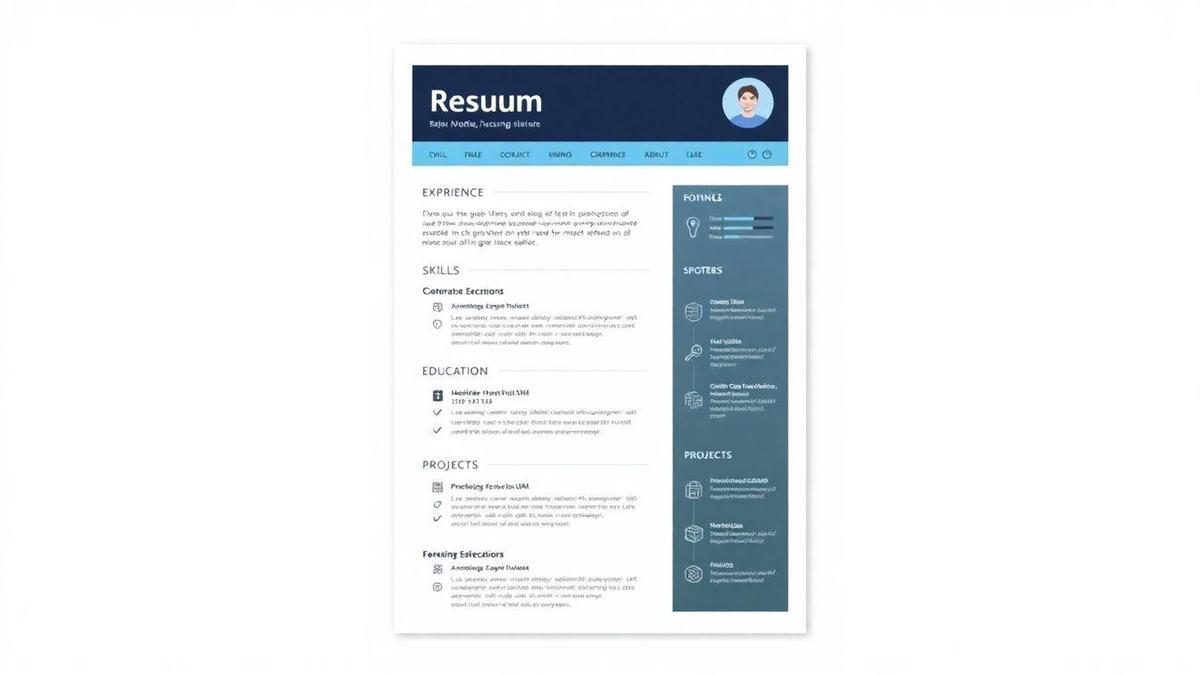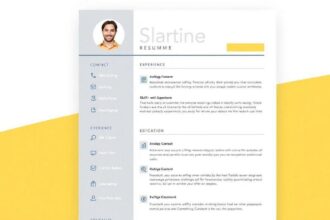When it comes to landing a job in tech startups, choosing the best résumé formats for tech professionals applying to startups is crucial. I want to help you understand how to make your résumé shine. It’s all about grabbing attention and showing your skills. We’ll explore ATS-compatible résumés and skills-based formats. I’ll share tips and templates that will help you stand out. Let’s dive into the world of résumés and make yours the one that gets noticed!
Choosing the Best Résumé Formats for Tech Professionals
Understanding ATS-Compatible Résumés
When crafting my résumé, I know that ATS compatibility is a must. ATS stands for Applicant Tracking System, the software many companies use to screen résumés. If my résumé isn’t ATS-friendly, it might not even be seen by a human.
To make my résumé ATS-compatible, I focus on using simple formatting. This means no fancy fonts or graphics. Instead, I stick to standard headings like Work Experience, Education, and Skills. Using keywords from the job description is also crucial. These words help the ATS recognize that I am a good fit for the position.
Skills-Based Résumé Format Benefits
A skills-based résumé format can really highlight my strengths. This format emphasizes my skills rather than my job history. It’s perfect for tech professionals, especially if I’m looking to switch careers or if I have gaps in my employment.
Here are some benefits of using a skills-based résumé:
- Focus on Skills: This format allows me to showcase my most relevant skills first.
- Flexibility: I can include freelance work or projects that demonstrate my abilities.
- Stand Out: It helps me stand out in a crowded job market by showcasing what I can do.
How ATS Systems Read Your Résumé
Understanding how ATS systems read my résumé is key. These systems scan for specific keywords and phrases. If I use the right terms, I increase my chances of getting noticed.
Here’s a simple table to illustrate how ATS reads my résumé:
| Element | What ATS Looks For |
|---|---|
| Keywords | Relevant terms from the job description |
| Formatting | Simple text, standard fonts |
| Sections | Clear headings like Work Experience |
| Length | One page preferred, two pages maximum |
By keeping these elements in mind, I can make sure my résumé is readable by ATS and gets me through the first round of screenings.
Effective Résumé Styles for Tech Startup Applications
Modern Résumé Templates to Stand Out
When applying to tech startups, I know that first impressions matter. A modern résumé template can be my secret weapon. It’s like wearing the right outfit to an interview; it shows I mean business. I prefer templates that are clean, bold, and visually appealing. They help my skills shine through without overwhelming the reader.
Here are a few types of modern templates that I find effective:
| Template Style | Description |
|---|---|
| Infographic | Uses visuals to highlight skills and achievements. |
| Two-column | Organizes information neatly for easy reading. |
| Minimalist | Focuses on content with a simple design. |
These styles help me stand out and grab attention quickly.
Concise Resume Design for Quick Impact
I’ve learned that less is often more. A concise résumé design lets me present my key achievements without fluff. I aim for a one-page résumé that packs a punch. This means I focus on the essentials: my skills, experiences, and accomplishments.
Here’s how I keep it concise:
- Use bullet points for easy reading.
- Limit each job description to 2-3 lines.
- Highlight key skills that match the job description.
By keeping my résumé short and sweet, I make it easier for hiring managers to see why I’m a great fit for their team.
Tips for Crafting a Clear Tech Startup Résumé
Creating a clear résumé is like building a sturdy bridge. It connects my qualifications to the job I want. Here are some tips I follow:
- Tailor each résumé to the job I’m applying for. I always include keywords from the job listing.
- Start with a strong summary that captures who I am and what I bring to the table.
- Showcase relevant projects or experiences that highlight my skills.
- Use numbers to show my impact, like increased sales by 30%.
By following these tips, I can craft a résumé that speaks directly to the needs of tech startups.
Integrating a Digital Portfolio with Your Résumé
Showcasing Your Work in Tech Startups
When I think about how to stand out in tech startups, I can’t help but emphasize the power of a digital portfolio. It’s like having a spotlight on my skills and achievements. I remember when I first applied for a tech position; I included links to my projects. This made my application pop! I showcased everything from coding projects to design work, giving potential employers a real glimpse into what I can do.
Benefits of Digital Portfolio Integration
Integrating my digital portfolio with my résumé has been a game changer. Here’s why I think it’s vital:
- Visual Appeal: A résumé is often just words on a page. My portfolio adds images, videos, and live links, making it more engaging.
- Proof of Skills: I can show what I’ve done, not just tell about it. This builds trust with employers.
- Easy Access: With a click, hiring managers can see my work. It makes my application more memorable.
| Benefit | Description |
|---|---|
| Visual Appeal | Engaging layout with images and videos. |
| Proof of Skills | Real examples of my work. |
| Easy Access | Quick links for hiring managers. |
Enhancing Your Application with Online Examples
Adding online examples to my application gives me an edge. I remember a time when I applied for a startup that focused on app development. I included a link to an app I had created. The hiring manager told me it was the deciding factor! They loved seeing my work in action.
Incorporating a digital portfolio is like adding the cherry on top of my résumé. It makes my application not just another piece of paper but a dynamic showcase of my abilities.





